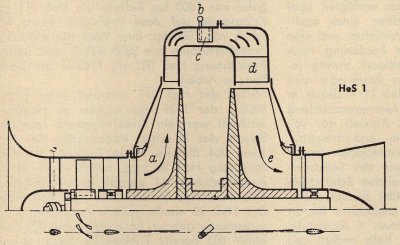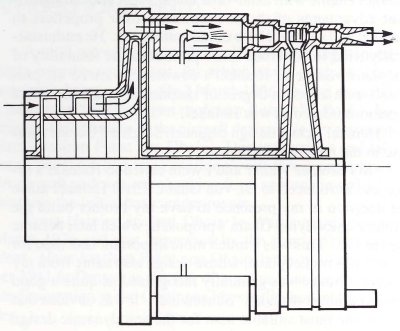You are not logged in.
Dear visitor, welcome to WesWorld. If this is your first visit here, please read the Help. It explains in detail how this page works. To use all features of this page, you should consider registering. Please use the registration form, to register here or read more information about the registration process. If you are already registered, please login here.
Quoted
Originally posted by Kaiser Kirk
Brockpine:
The Avia B-135 did come out in early 1935 btw. Same as the historical plane.
Quoted
Originally posted by Kaiser Kirk
Quoted
Originally posted by Brockpaines at startup. We ended up with a... difficulty (read: flaming spat)
ROFL
I can't imagine.
The only Space-based game I tried was a variant of "Star Fleet Battles" with a buddy. It was supposed to be counter based galactic warfare, but we decided to fight the tactical encounters and had production rules. Unfortunately running a tactical turn-based encounter with 30+ starships takes forever. However, few serious disagreements, just not enough time.
Quoted
Originally posted by Brockpaine
Huh, no Kzinti Lesson???
Quoted
Originally posted by Kaiser Kirk
Quoted
Originally posted by Brockpaine
Huh, no Kzinti Lesson???
Unless you're talking about the non-Star Trek books, afraid I do not recall, or perhaps know the reference... but all this was a long, long time ago, they have revamped the game since.
Lyrans and Kzinti were foes, Lyrans had the ESG and good point defense, Kzinti had ridiculous drone control capacity and tons of ways to spit them out. Detonating small Kzinti ships was simply a great way to cut down the drone waves.
Quoted
"A reaction drive's efficiency as a weapon is in direct proportion to its efficiency as a drive."
Quoted
Originally posted by Desertfox
All inclusive Tech and Economic Rules where tried in N-Verse, my personal opinion is that they failed miserably. Q-Reports there are monsters and the rules themselves cause problems and powergaming.
Quoted
Originally posted by HoOmAn
Gavin - In two or thre o f my posts I asked a few questions about Whittle and jets above which where directly aimed at you but you may have missed them. Could you please provide some more info? Thanks.
Quoted
Originally posted by Red Admiral
Quoted
Originally posted by HoOmAn
Gavin - In two or thre o f my posts I asked a few questions about Whittle and jets above which where directly aimed at you but you may have missed them. Could you please provide some more info? Thanks.
I just left it as not to get sidetracked. Von Ohain states that he developed the turbojet independantly, I wonder what he stands to gain by claiming that? Wilhelm Gundermann, Von Ohain's team leader at Heinkel states completely the opposite "Naturally we kept track of other patent applications..and became familiar with the very similar work of Frank Whittle in England" Cpt Eric Brown said a similar thing in one of his lectures last year but going into more detail, stating that the day after Whittle's patent came out in 1931, the German embassy in London obtained copies (most likely entirely legally) and circulated them to the technical institutions in Germany. Why would Gundermann lie?
Quoted
Originally posted by Red Admiral
Wilhelm Gundermann, Von Ohain's team leader at Heinkel states completely the opposite "Naturally we kept track of other patent applications..and became familiar with the very similar work of Frank Whittle in England"
Quoted
Cpt Eric Brown said a similar thing in one of his lectures last year but going into more detail, stating that the day after Whittle's patent came out in 1931, the German embassy in London obtained copies (most likely entirely legally) and circulated them to the technical institutions in Germany. Why would Gundermann lie?
Quoted
Looking at the engines themselves, the HeS 2 and Whittle's patent. The engines aren't just similar, they are the same apart from the HeS using a radial flow turbine.


This post has been edited 1 times, last edit by "Red Admiral" (Mar 9th 2008, 2:43pm)
Quoted
Originally posted by HoOmAn
Guess I will spend some money on books on early jet engines soon. That´s a field of science I´ve not digged into very deep so far.
This post has been edited 1 times, last edit by "Kaiser Kirk" (Mar 22nd 2008, 9:08am)
Forum Software: Burning Board® Lite 2.1.2 pl 1, developed by WoltLab® GmbH
